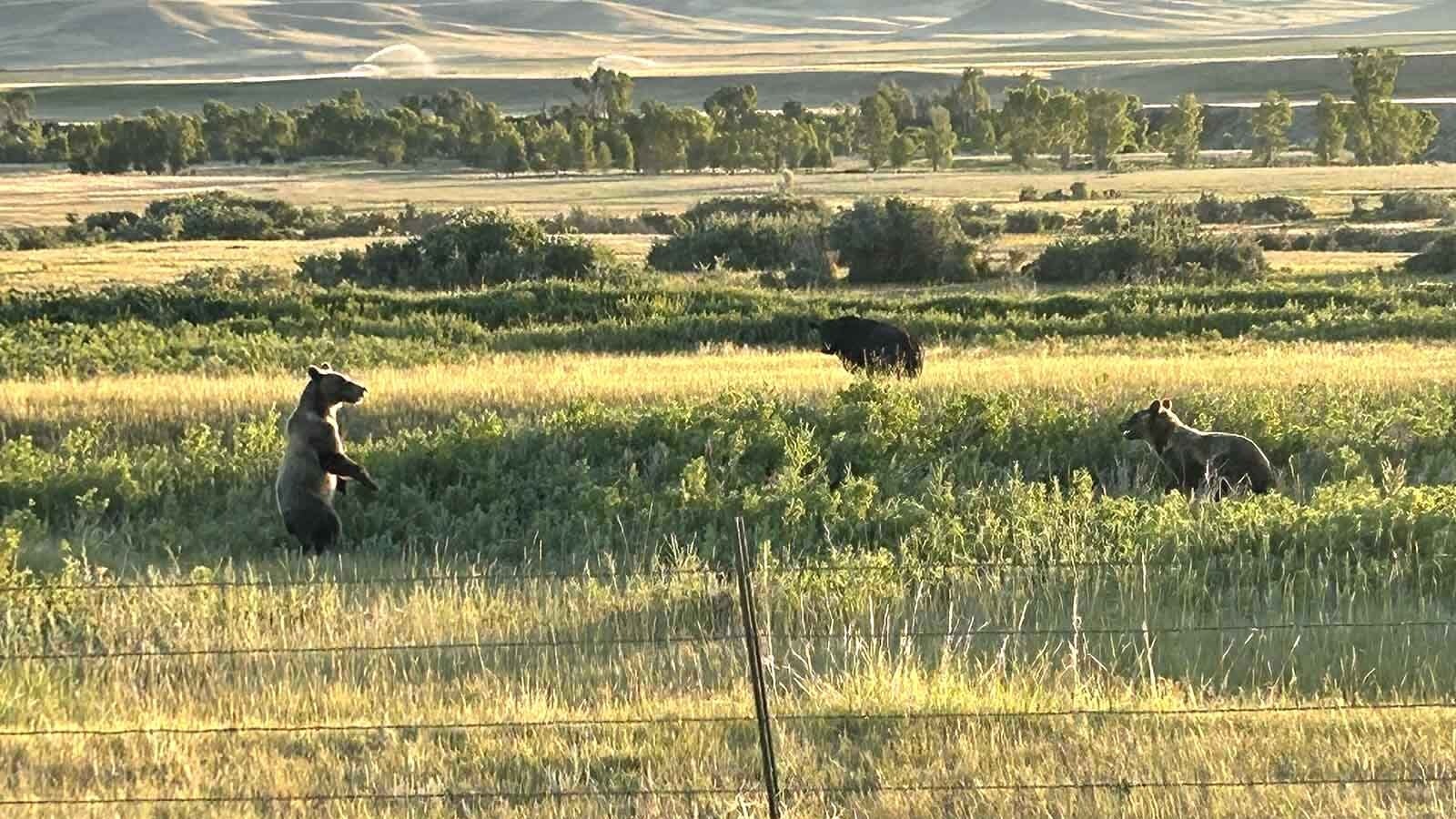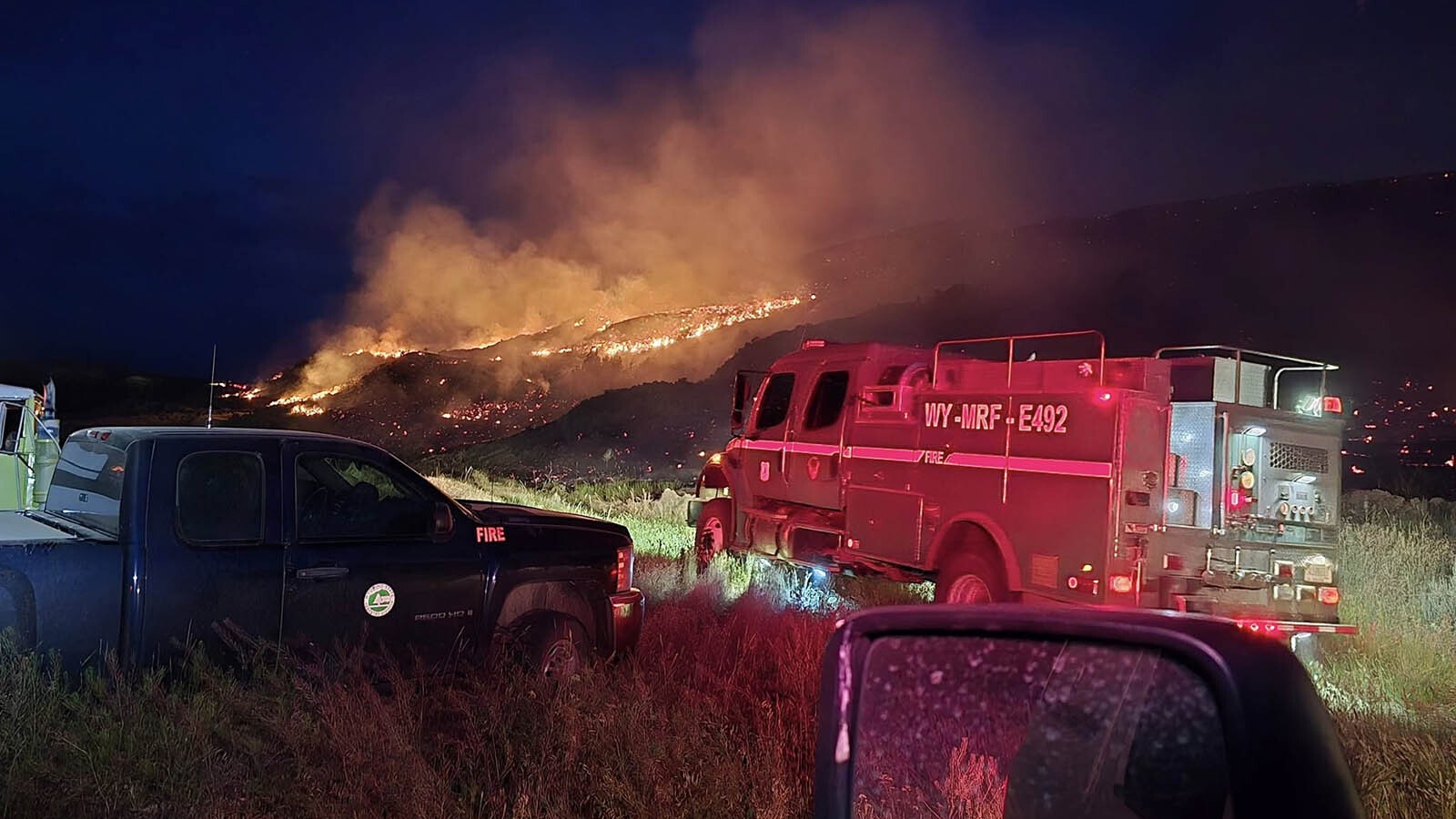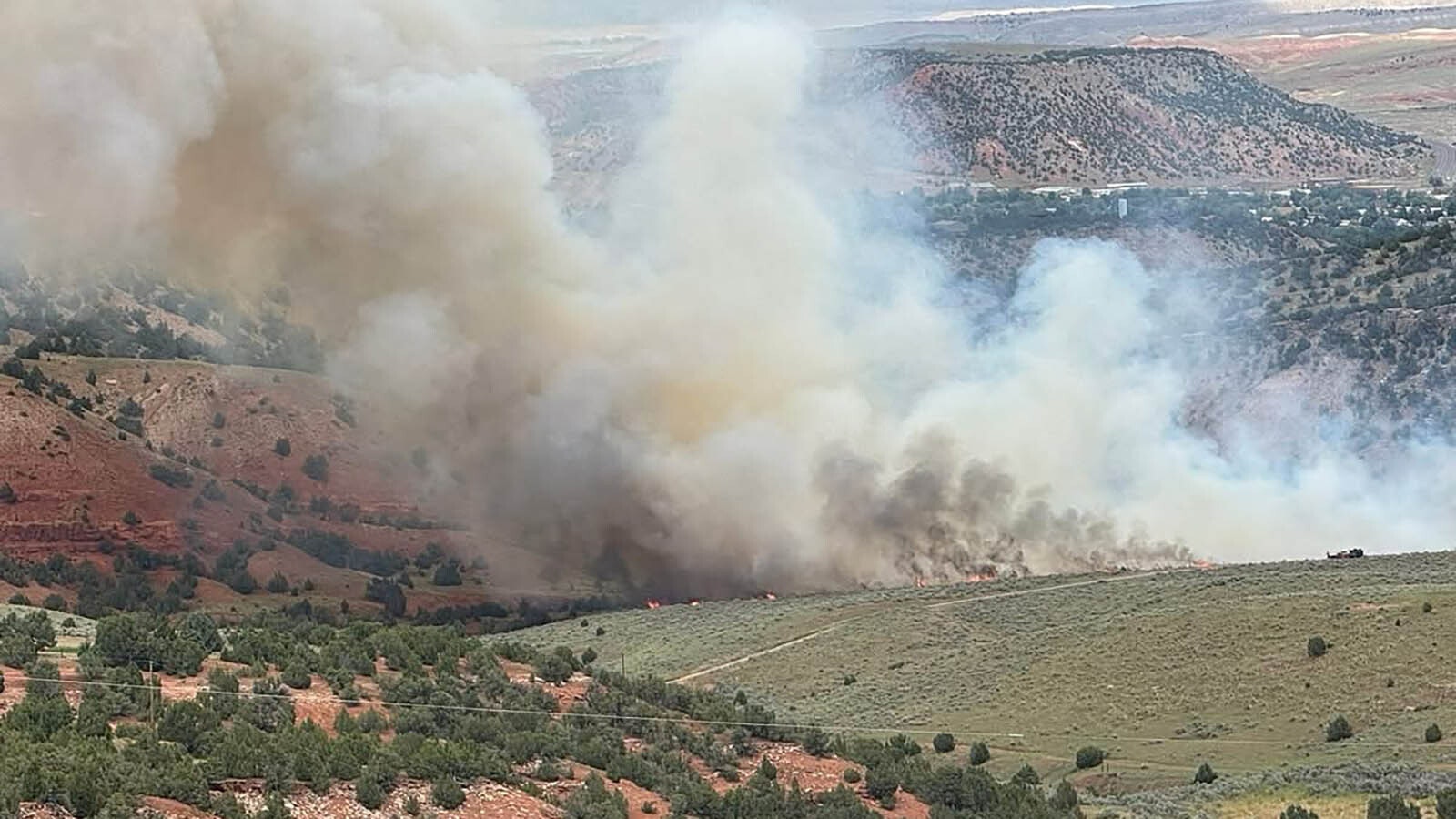As of Monday, there still was no official confirmation of a rare white bison calf being born in Yellowstone National Park, but some bison advocates say it’s the real deal.
Native American elders and others plan to celebrate the white calf’s birth later this month.
Frequent Yellowstone visitor Erin Braaten of Kalispell, Montana, sent Cowboy State Daily photos she took of a white bison calf that she said was born in Yellowstone’s wildlife-rich Lamar Valley on June 4.
There were some rumors circulating on social media that the calf died a short time later.
But there had been no official confirmation of either the birth or the death of such an animal in the park as of Monday, National Park Service spokeswoman Linda Veress told Cowboy State Daily.
It's Alive
However, the calf was observed alive as recently as this weekend, James Holt, executive director of the West Yellowstone, Montana-based Buffalo Field Campaign, told Cowboy State Daily on Monday.
“We had a brief sighting, but couldn’t get a good picture. But it’s there, and it’s alive,” he said.
The Buffalo Field Campaign, a bison advocacy group, plans a ceremony to celebrate the calf’s birth hosted at the group’s headquarters in West Yellowstone at 11 a.m. on June 26.
Lakota Sioux tribal elders will be there, Holt said, because for them, the birth of a genuine white bison calf holds huge significance.
It’s “both a blessing and a warning” according to the elders' traditions, he said.
Not A Crossbreed
Some “white buffalo” are actually crossbreeds; genes from cattle give them their light-colored coats, said Jim Matheson, executive director of the National Bison Association.
“It’s against our code of ethics to cross bison with any other species,” he told Cowboy State Daily.
The calf born in Yellowstone is likely the real deal, he said, because the park’s bison are truly wild. So, the National Bison Association was excited to hear about it.
So, Just How Rare Is It?
Whether a white bison calf has good chances of surviving could be another matter, Matheson added.
“There’s a chance it could be sort of ostracized by the herd for being different” and it could have poor eyesight, he said. “That could put it at a disadvantage in a place like Yellowstone, where there’s lots of predators."
As to exactly how rare wild white bison are, Matheson said that’s difficult to pin down.
Terms like “1-in-a-million” or “1-in-10-million” get thrown around when a wild white bison calf pops up, but those aren’t really accurate, he said.
After settlement of the Great Plains and the Intermountain West, bison herds were reduced to a mere fraction of what they used to be. And there are no precise records of just how many white bison were roaming about when they species was at its peak numbers, he said.
Accounts from Native Americans and early settlers indicate that white bison are indeed extremely rare, but not unheard of, he said.
Great White Buffalo
Rocker Ted Nugent memorialized the rarity in his 1974 song "Great White Buffalo" and has been a staple of his setlist for decades.
In 1993, when Nugent and then-U.S. Sen. Malcolm Wallop founded a chapter of 'Hunters for the Hungry' in Wyoming — a program where hunters donate their processed game to those in need — Nugent played the song for a packed house in Laramie.
Likely Not Albino Either
In some cases, a white bison calf might be an albino, as albinism occurs in many species.
The Yellowstone calf doesn’t appear to be an albino, but rather a genuine case of a bison with white fur, Holt said.
As near as anybody can tell so far, “this calf has black eyes, a black nose and black hooves,” rather than the red eyes and off-colored hooves and nose that would be a dead giveaway for an albino animal, he said.
From the Sioux perspective, a genuine white bison, rather than an albino “means it’s definitely one of the sacred ones, as foretold,” Holt said.
Mark Heinz can be reached at Mark@CowboyStateDaily.com.





